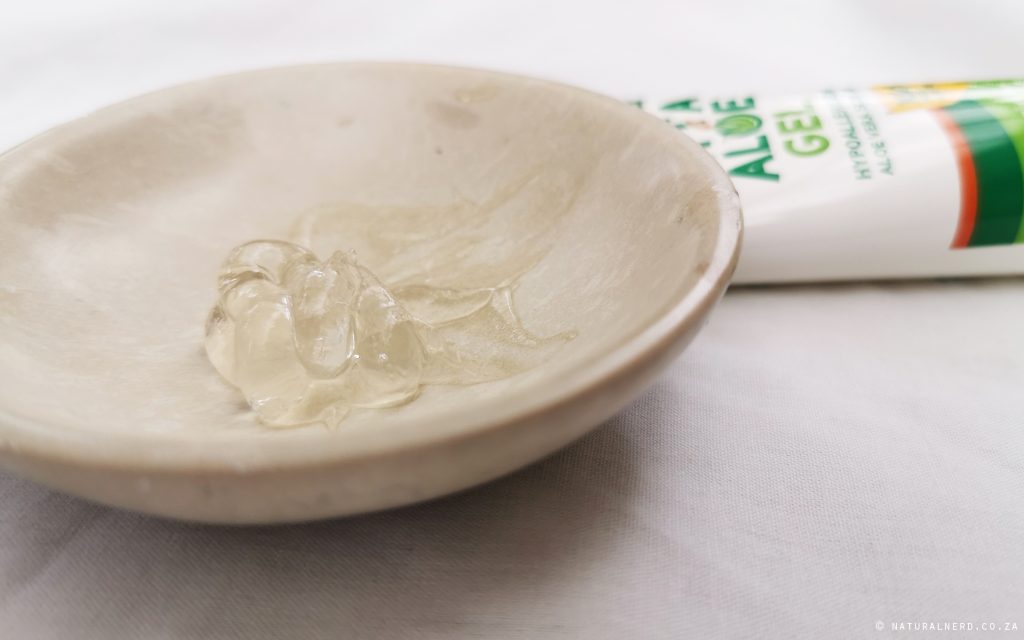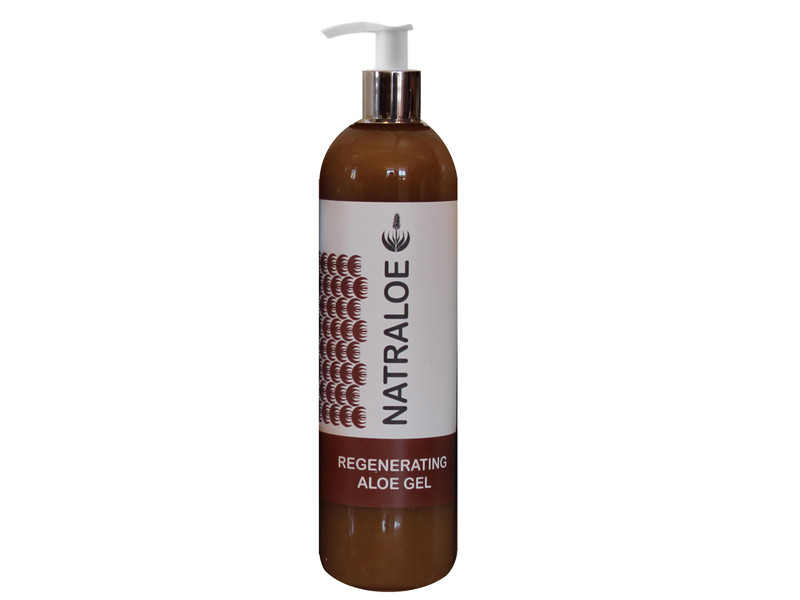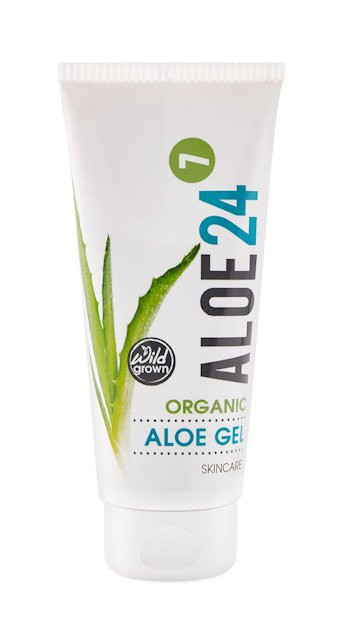After Sun is not only for sunburn. It should really be used whenever your skin has been exposed to the sun for an unusually long period – even when you’ve applied good sunblock frequently. The purpose of aftersun is to rehydrate and heal the skin. If you applied sunblock, your skin may not need healing, but it will appreciate some re-hydration. This recipe will do both, and the lavender essential oil will be your lifesaver when you look and feel like a sun-dried tomato. If you apply it regularly after being overexposed to sunshine (at least 3 times per day), it will help prevent your skin from peeling too.

Ingredients
- 75ml Aloe Gel
- 1 Tablespoon (15ml) Vegetable Glycerine
- 1 Teaspoon (5ml) Vitamin E Oil
- 60 Drops (3ml) Lavender essential oil
- 20 Drops (1ml) Peppermint essential oil (optional: for a cooling effect)
Instructions
- Makes about 100ml.
- Combine lavender and peppermint essential oil with the vitamin E oil.
- Add the essential oil mixture to the aloe gel, and combine well.
- Stir in the vegetable glycerine.
- Store in a sterilised container out of direct sunlight, and use within 6 months.
Recipe variations
I swear by lavender essential oil for burns of any kind, but if you don’t have it or can’t stand the scent then you can try chamomile, geranium or sandalwood. But it’s not the same. You could also use freshly harvested aloe gel from your garden, however, the shelf life will be significantly shorter and you will have to use the product within one week. To extend the shelf life of fresh aloe, you will have to add a preservative.
COST & SHELF LIFE
Cost Price: R150 per 100ml (in 2019, based on the best retail prices I’ve found).
Lasted me about: 6 months using on the affected areas during spring / summer.
Estimated shelf life: 6 months if stored away from direct sunlight and moisture.
CHALLENGE
- Aloe vera gel is a bit pricey.
- Perhaps not for those who dislike the scent of lavender. You can substitute with other oils, but I do insist that lavender works best.
CHERRY ON TOP
- A little goes a long way.
- If you look at the cost of after sun products on the market today, this recipe still works out cheaper than buying.
- Doubles as a moisturiser – so you don’t have to only use this when you’ve been in the sun. I sometimes use it as my daily face cream in the heat of summer, because other lotions feel too greasy on a humid day.
INGREDIENTS
- Aloe gel: moisturizes skin without giving it a greasy feel. It contains antioxidants including, beta carotene, vitamin C and E that can help improve the skin’s natural firmness and keep the skin hydrated. It also provides relief for dry, itchy and burned skin. (Buy here or see my shopping guide for other trusted brands)
- Vegetable glycerine: moisturises the skin and retains moisture in the skin by acting as a protective barrier that locks in moisture. (Buy here )
- Vitamin E oil: Blocks free radical damage, boosts collagen production, speeds up cell regeneration. (buy here)
- Lavender essential oil: soothes burns and itchiness, relieves pain, reduces redness and inflammation. (Buy from Faithful to Nature or Dischem)
- Peppermint essential oil: has anti-inflammatory and pain-relieving properties. It also creates a cooling sensation when applied to the skin (similar to the feeling of ice being applied to the skin), which some people may find relieving when sunburned. (Buy here)
Need help finding these, or other ingredients? My shopping guide may help you.
RECOMMENDED RETAIL OPTIONS
If you don’t want to make it yourself, then these are some natural aloe vera based products which I have personally used and approved as a good alternative:

Natraloe Regenerating Aloe Gel: This is the most cost-effective aloe gel I’ve found, and it also contains the best ingredients. You get the most bang for your buck here at about R185 for 250ml. When I cannot find 100% aloe vera gel, I use this in my recipe instead.

Totally Wild Organic Aloe Gel: This is the more costly option at about R100 for 100ml, but it is a certified organic product after all. That said, it’s a great price for a certified organic product. It contains magnificent ingredients and has a lovely texture, although the scent may not be for everyone.
Do you think that this is an effective aftersun? If you’ve tried it, please share your feedback in the comments below.
